Cinecittà
The studio built by fascists in the hopes of "reviving the film industry" with the occasional propaganda film opportunity thrown in.
Italian Cinema once had a nerve center, and it was called Cinecittà.
Before it became the hub of the Italian film industry, Cinecittà Studios was the propaganda playground of Mussolini and his son Vittorio. Built in 1937, Mussolini himself inaugurated the studio, and after handing the keys to cinema head Luigi Freddi, production kicked into gear.
The dilemma of the failing film industry presented Mussolini with an opportunity to both boost the economy as well as boost the signal of his dictatorial agenda. The not-so-subtle cinema slogan ”Il cinema è l’arma più forte” (Cinema is the most powerful weapon) made his intentions abundantly clear. After playing host to early classics Scipio Africanus and The Iron Crown as well as several other fascist-era films, the studio suffered greatly along with the rest of Europe during WWII. It survived bombing by the Allies and serving as a camp for displaced war refugees from its own city, and then later for refugees from Libya, Yugoslavia, Poland, Egypt, Iran, and China.
While Benito’s dream of a fascist state faded to an unpleasant blight on history, after the air cleared in the post-war period the cinema flourished once more. Ben Hur, Gangs of New York, and Federico Fellini’s classics La Dolce Vita and Satyricon are just a small sampling of the great cinematic works that were shot at Cinecittà. The studios were known for elaborate sets and the ability to hold thousands of extras for those epic battle scenes moviegoers love.
Eventually the same technological advances that once made the studios successful started advancing in ways that made the need for a giant set obsolete, not to mention expensive. With the threat of bankruptcy looming in 1997, the Italian government sold off 80% of its stake to private investors.
Since then, a number of fires, some of them of suspicious origin, have plagued the studios. In 2007 a particularly vicious blaze destroyed nearly 32,000 square feet of the lot, and in 2012, the studio where Fellini filmed his masterpieces was damaged extensively. While still in business on a small scale, much of the studio lot has been left abandoned, with budget constraints and fire damage hindering any chances of rebuilding. Currently the future of the historical treasure is uncertain, although there hopes that Hollywood will swoop in and save the day, rescuing its Italian kin.
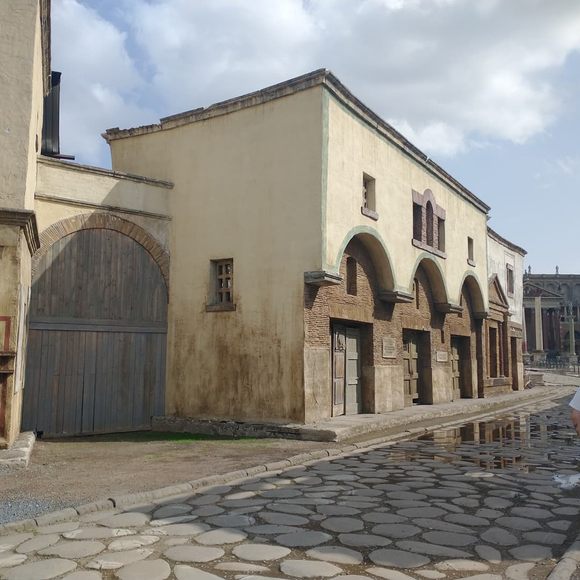

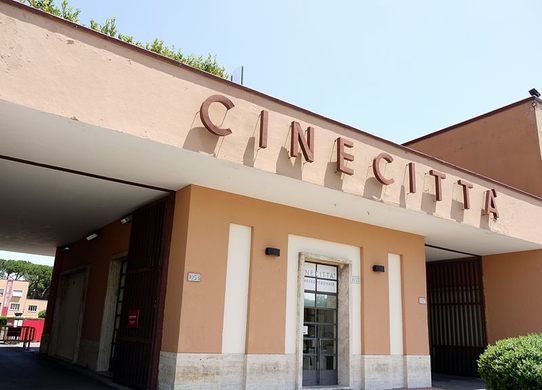
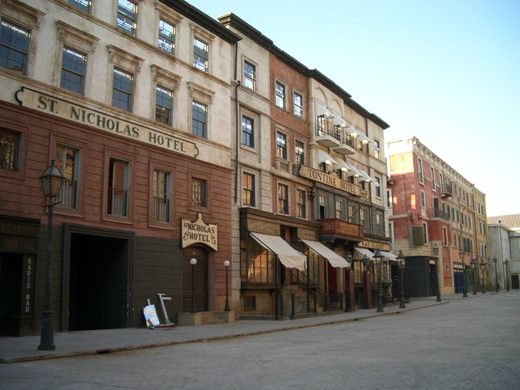











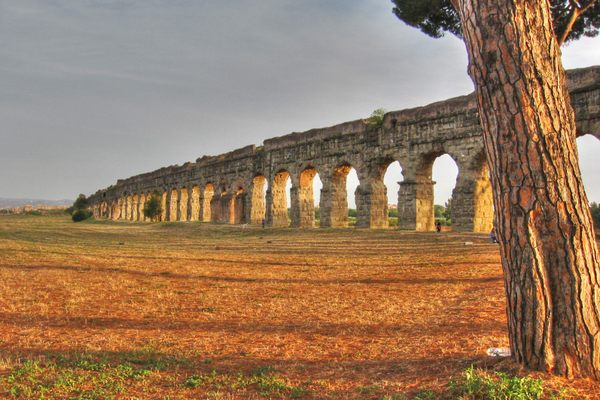
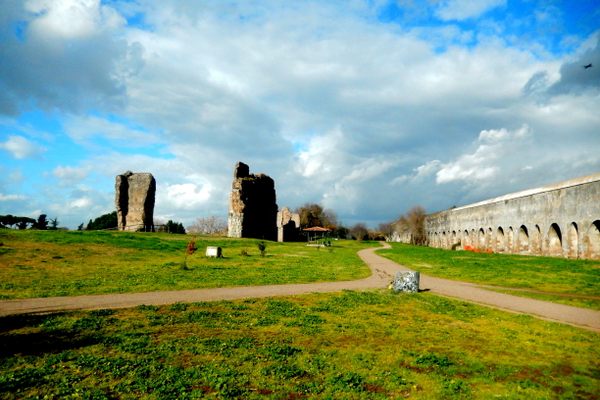



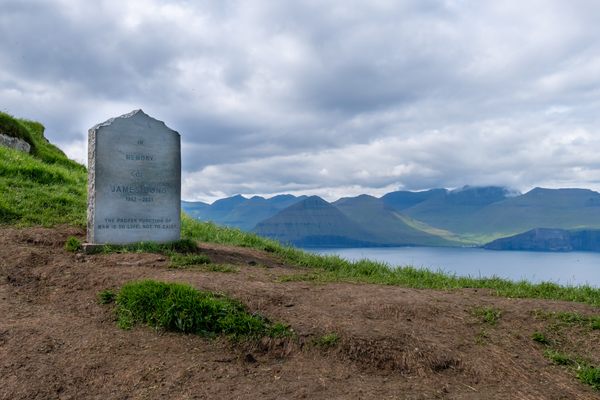

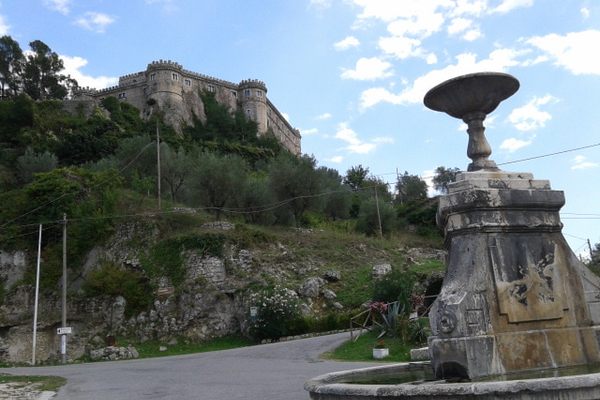

Follow us on Twitter to get the latest on the world's hidden wonders.
Like us on Facebook to get the latest on the world's hidden wonders.
Follow us on Twitter Like us on Facebook